Here's Some Convertibles You Probably Forgot About
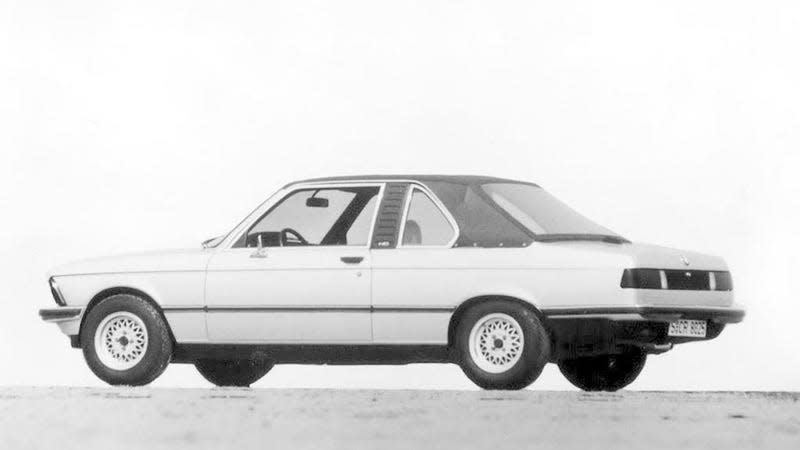
Once, there was a time where convertibles existed across the automotive spectrum. From sub-compact to full-size, there used to be a convertible for many different price points. Then the SUV/crossover was created and buyers couldn’t get enough of them , to the detriment of other segments.
Today, convertibles still exist, but the segment has been dying a slow death. Nearly every model that was affordable is long gone; the Mazda Miata remains the exception with a starting price under $30,000. Everything else is either not a car (Jeep Wrangler and Ford Bronco) or starts at or above $40,000. And when I say above, I mean way above. Most convertibles left on the market now are from premium manufacturers like BMW, Mercedes-Benz and Porsche.
While it’s doubtful we’ll ever see an era where convertibles make a comeback for everyone, we can always take a look back on some models from the time before that you probably forgot about. Or maybe you didn’t know they existed. Either way, lets take a trip down memory lane.
Land Rover Freelander
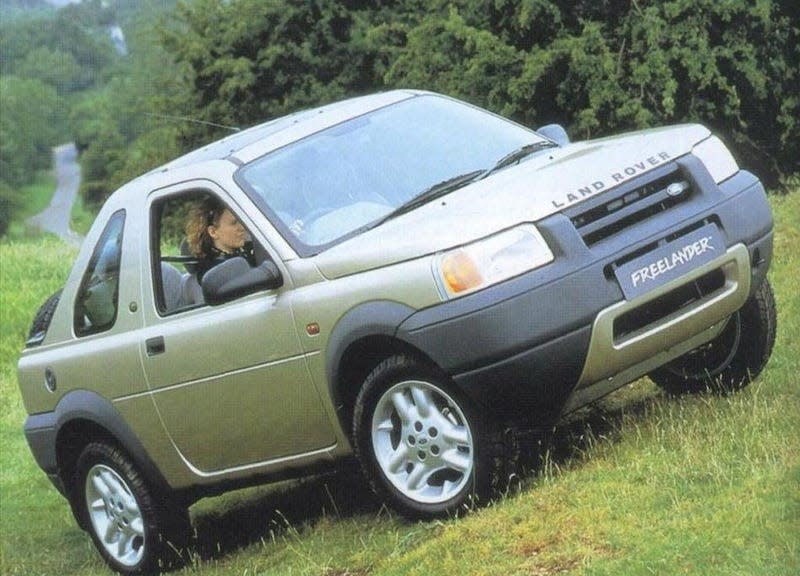
Land Rover’s first foray into the compact SUV crowd was the Freelander. Initially introduced in 1997, the Freelander was available in a five door-hatch and a three door configuration, one of which was a convertible. It was unique in that it came with a removable rear soft top for open air motoring over the rear seat. Front seat passengers were treated to a fixed glass roof panel.
Toyota Paseo
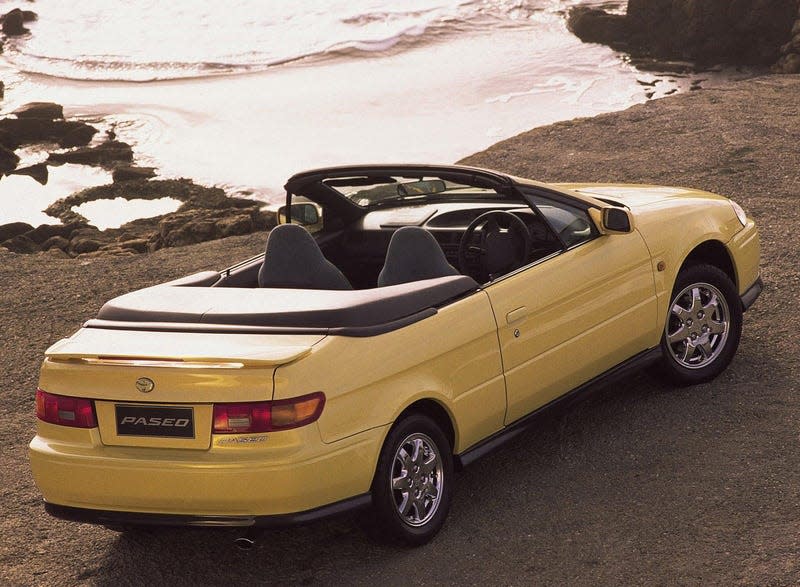
Toyota’s Tercel-based “sport” coupe received a second generation in 1996. This redesign introduced a new convertible body style for the subcompact. It was honestly not a bad looking car. It was slow as hell though if you were looking for speed. Power came from Toyota’s 5E-FHE making all of 93 horsepower. Paired with either a five-speed manual or four-speed automatic, 60 mph came eventually.
Oldsmobile Cutlass Supreme
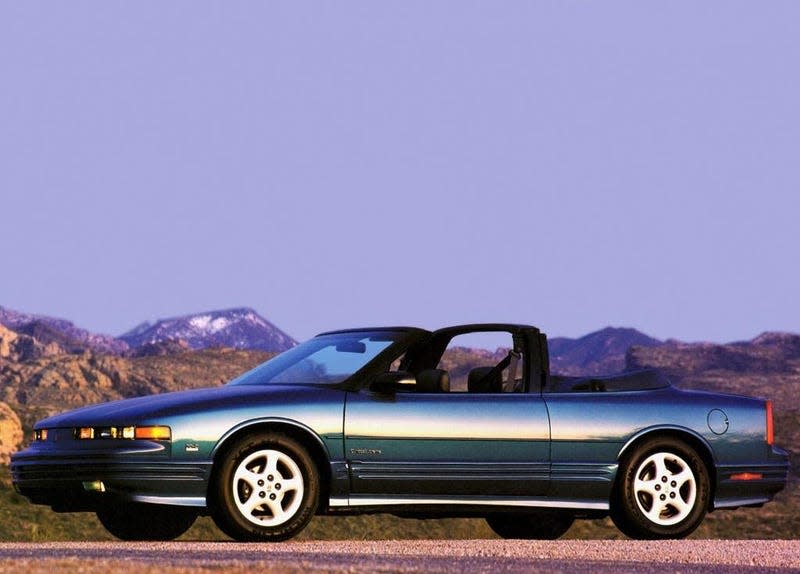
By the late 1980s, Oldsmobile was trying to shake its old man image with the “New Generation of Olds.” Aside from some rather cringe marketing, a few models in the brands lineup were heavily updated. The Cutlass was one of them, gaining a new, eighth generation in 1988. With it came a new convertible. body style. Power came a 3.1-liter 140 hp V6 initially. By 1990 the Quad-4 was added as an option and then eventually a 3.4-liter V6. The Cutlass convertible eventually ended up being the brands last convertible.
Dodge Dakota
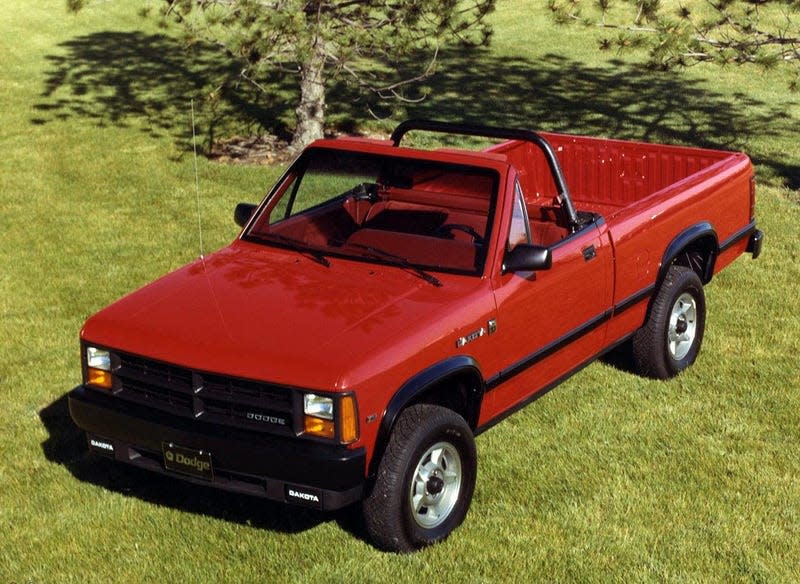
A convertible and a pickup seem like two things that should never go together, but Dodge went and did exactly that in 1989. Dodge approached American Sunroof Corporation to do the work of turning the Dakota into a convertible. They took the top off, installed a roll bar and the rest was history. Too bad not many showed up for this history; only 2,500-4,000 were ever sold.
Volvo C70
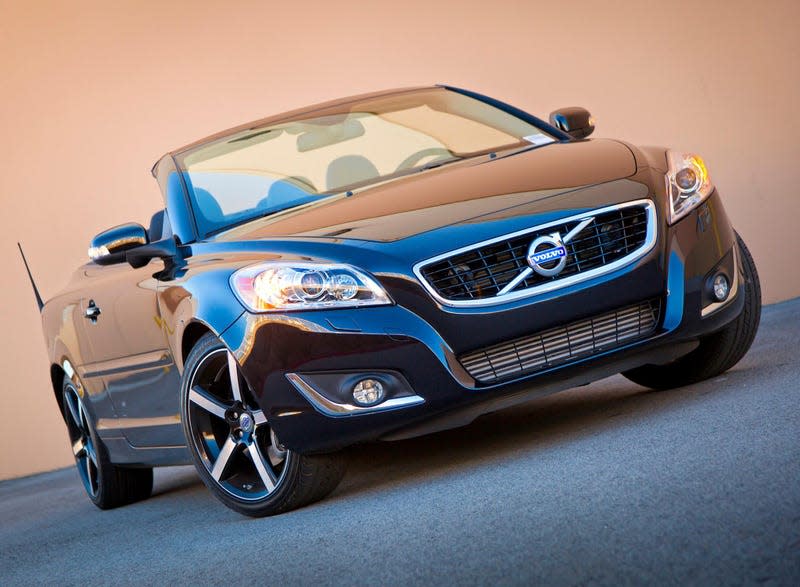
Volvo’s C70 surprisingly lasted two generations and 17 years before the plug was pulled. Introduced in 1998, it was Volvo’s sleekest design at the time. It was offered in coupe — the brands first luxury coupe since the 780 in the 1980s — and a soft top convertible. A redesign in 2006 would see both coupe and convertible be made into one folding hardtop body style. It was also one of the few convertibles on the market that actually had room for four. Unfortunately those slick looks were let down by driving dynamics that weren’t exactly sporty. The C70 was discontinued in 2013.
Chrysler 200
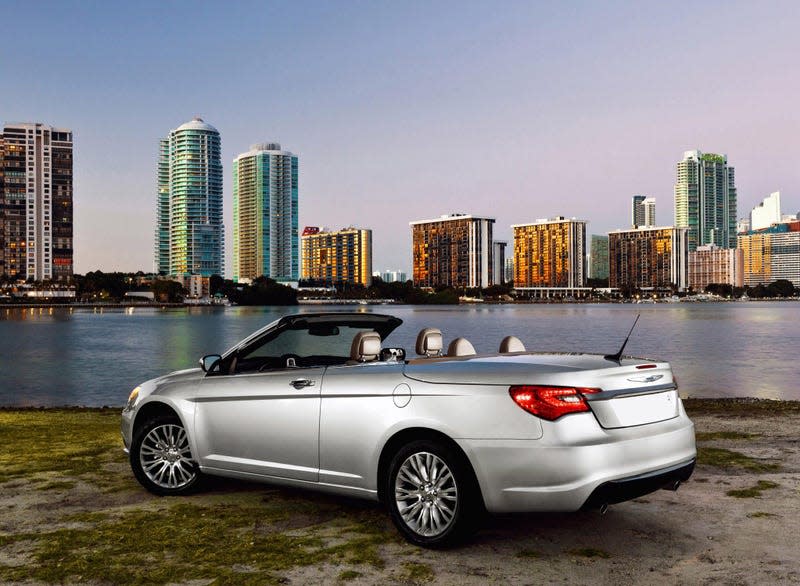
Ah, the Sebring Convertible. Some though may forget that the Sebring Convertible carried on with the 200 briefly in the 2010s. Chrysler emerged from bankruptcy anew, ready to prove to the government that it was ready to do business with better products. This meant overhauling some existing products; the Sebring was one of them. It gained a new name in 200 and a new design inside and out to further distance it from the disaster that was the third generation Sebring.
While the 200 Convertible gained Chrysler’s new 3.6-liter V6, that couldn’t save it from a body with a extensive chassis flex, vague steering and a weirdly awkward roofline when the top was up.
BMW 318i
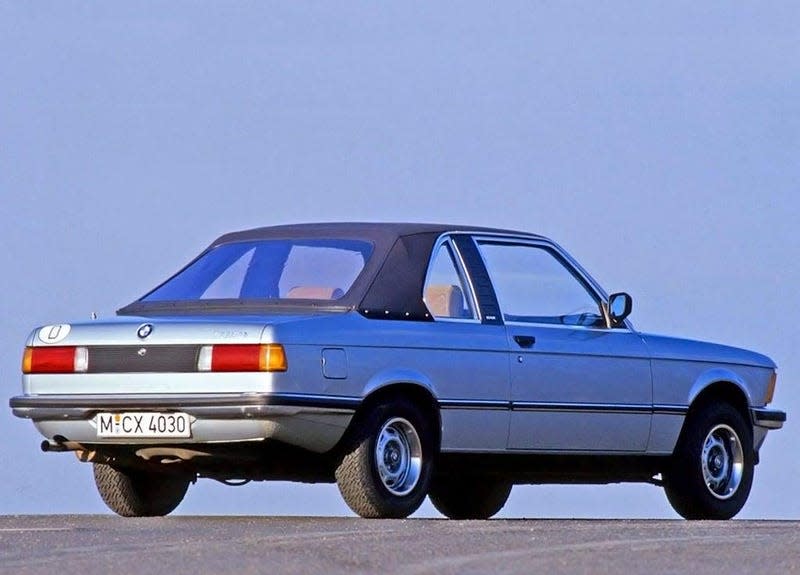
BMW never made a factory version of the E21 3 Series. Instead, German coach builder Baur partnered with BMW to make one. Introduced in 1978, the Top Cabriolet was unique in that it was a targa with a rear soft top. The targa could be stored in the trunk and it had a plastic rear window. Production lasted just three years and just under 5,000 were ever made.
Mini Roadster
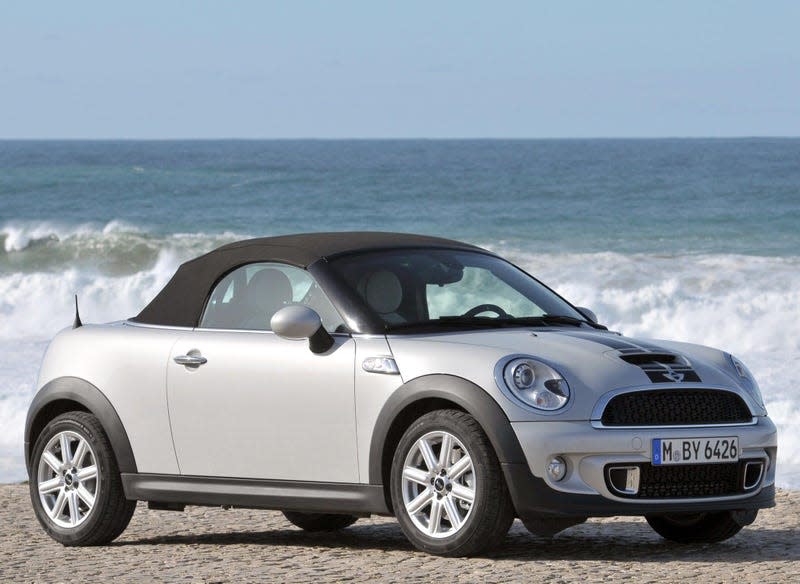
Stay with me on this one because this was peak automotive overkill. There is a Mini Convertible, but this isn’t that. What you see here is yet another Mini variant that strayed from the brand’s original formula and didn’t make much sense. In 2011, Mini introduced the Coupé, which was a Mini with a faster, sleeker roofline and no backseat. A year later, the Mini Roadster was introduced. It was a convertible version of the Coupé with a soft top with the same fast roof design. Reviews praised how light and nimble the car’s handling was, and how much bigger it’s trunk was vs. competitors like the Miata. That sleek top however had a horrible blind-spot. Both the Roadster and Coupé were discontinued in 2015.
Audi RS4
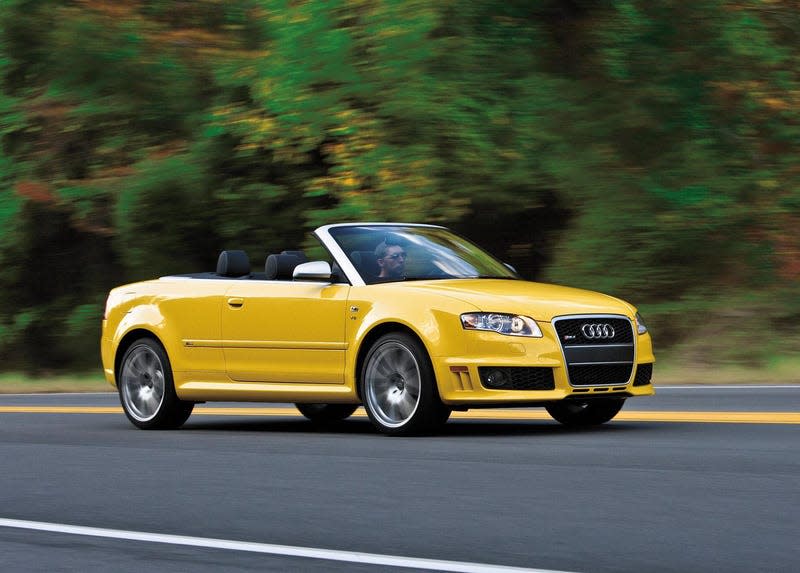
Way back when, Audi would sell you three flavors of V8 powered, all-wheel drive RS4 goodness: in a sedan, a wagon, or the convertible you see here. The B7 A4 got a high performance drop top version in the RS4 Cabriolet powered by a 420 hp naturally aspirated V8. Best of all, you could have all of that with a manual transmission if you wanted. Sadly this generation of the RS4 was the last to be offered on our shores.
Panoz Esperante
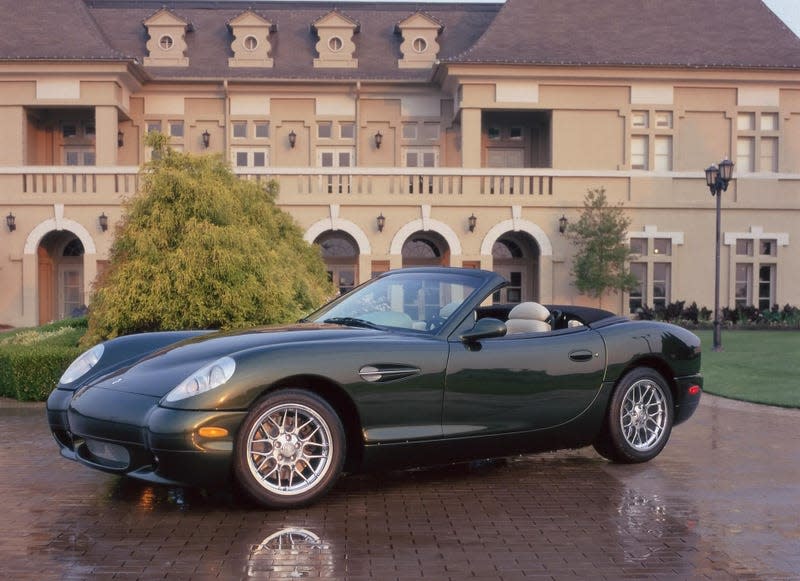
Introduced in 2000, the Esperante was Panoz’s second attempt at building a sports car. Manufactuered in Georgia, buyers could choose the coupe or the convertible you see here. Aside from a number of special editions, more basic cars were always powered by Ford’s 4.6-liter Modular V8 making 305 hp. That could be paired with a four-speed automatic or a five or six-speed manual transmission.
Esperante’s are pretty rare; the Roadster even more so. It’s said just 234 Esperantes were ever made; just 44 of those were Roadsters.

 Yahoo Autos
Yahoo Autos 